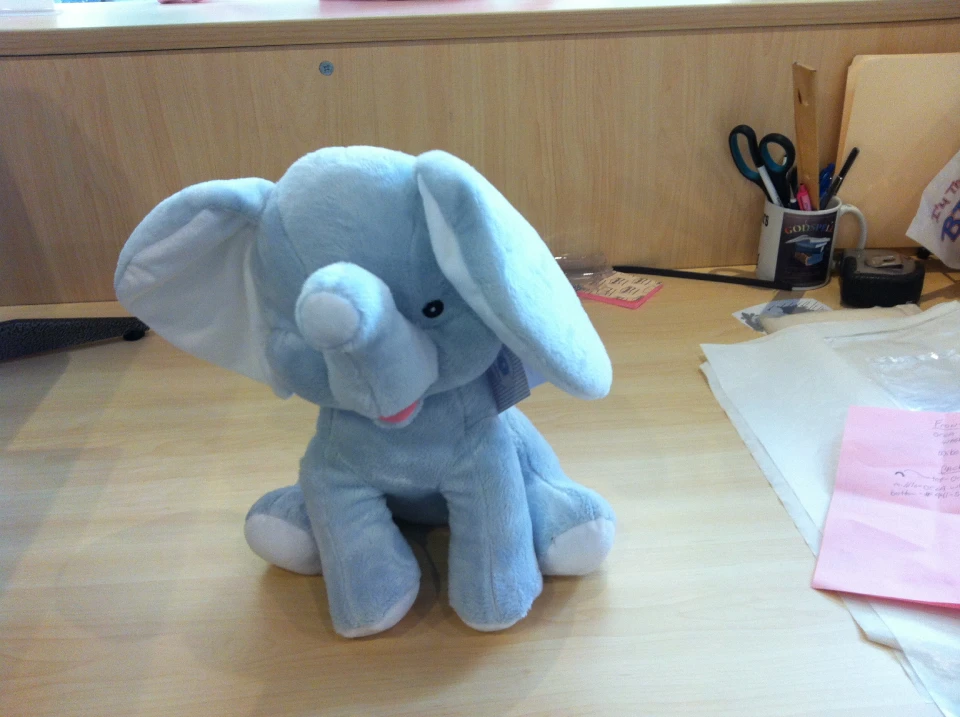Heat Transfer on T-Shirts and Aprons - Personalized Styles and Logos
Heat Transfer on T-Shirts and Aprons - Personalized Styles and Logos
Blog Article
The Art of Custom-made Embroidery: Opening the Tricks to Creating Unique and Remarkable Styles
The secrets to creating customized embroidery styles that mesmerize the eye and leave a long lasting perception lie in a fragile equilibrium of strategy, creative thinking, and focus to detail. As we dive right into the world of customized embroidery, we uncover the nuanced interplay between thread choice, sew intricacy, and layout personalization that raises a mere garment to a job of art.
Choosing the Right Embroidery Threads
When selecting needlework strings, what essential factors should you take into consideration to make sure the very best outcomes for your custom-made designs? The selection of needlework thread is critical in figuring out the final end result of your embroidered layout. One of the key factors to consider is the material of the string. Different products such as cotton, polyester, rayon, and silk use varying levels of luster, resilience, and texture. It is important to pick a thread material that enhances the material you are embroidering on and straightens with the preferred look of the layout.
Thicker threads can include measurement and appearance to your style, while finer threads are excellent for detailed information and little message. Furthermore, taking into consideration the shade fastness and washability of the string is crucial to guarantee that your custom-made designs preserve their top quality and vibrancy over time.
Exploring Different Stitch Methods
To look into the realm of 'Exploring Different Stitch Techniques', one must understand the complexities and nuances that each stitching method brings to the art of embroidery. Different stitch techniques not just add visual passion however likewise add to the total structure and measurement of the design. One preferred stitch strategy is the satin stitch, which includes carefully jam-packed parallel stitches to create a smooth and shiny surface area, perfect for completing shapes and creating bold outlines.
On the other hand, the backstitch is a flexible technique often made use of for detailing and adding fine information. It includes stitching in reverse to produce a solid line of needlework. In addition, the French knot stitch adds a tactile element to layouts, perfect for developing textured accents like blossom centers or decorative touches.
Discovering different stitch techniques permits embroiderers to play with light, darkness, and depth within their designs, boosting the visual appeal and creative quality of their needlework jobs. By mastering numerous sewing methods, one can unlock countless possibilities for producing one-of-a-kind and unforgettable personalized embroidery items.
Incorporating Personalized Style Components
Having explored the ins and outs of different stitch strategies such as the satin stitch, backstitch, and French knot, the focus currently moves in the direction of integrating individualized style aspects in personalized embroidery tasks. Personalized style components play an important duty in making embroidery tasks truly special and remarkable. One way to integrate customization is by adding initials, names, or considerable days to the design. This not only includes a personalized touch however additionally boosts the sentimental worth of the needlework item.
Another way to incorporate customized style components is by consisting of icons or concepts that hold unique definition to the recipient or reflect their interests and personality. more information For example, integrating a preferred flower, animal, or hobby-related sign can make the embroidery style much more significant and customized. Additionally, choosing colors that resonate with the recipient or line up with the intended theme can further enhance the customization of the needlework job.
Grasping the Art of Color Coordination
One secret facet of shade control is understanding color theory. This includes understanding exactly how various shades connect with each various other, the feelings they suit fitting near me convey, and how they can be combined to create visually appealing styles. By using shade concept principles, embroiderers can produce unified shade schemes that enhance the total appearance of the design.
In addition, paying attention to comparison is critical in shade sychronisation. Utilizing contrasting colors can help particular elements of the layout pop, enhance clarity, and develop a visually vibrant needlework piece. By mastering the art of shade coordination, embroiderers can boost their designs and develop memorable items that reverberate with clients and audiences alike.
Enhancing Texture With Advanced Embroidery Stitches

French knots, for instance, are excellent for including tiny, raised dots to your design, mimicking the look of beads or creating a distinctive surface area. Bullion knots, on the various other hand, can be made use of to develop twisted, ropelike components that add an elegant feel to the needlework. Seed sewing includes little, scattered stitches that can complete areas with a polychromatic appearance, while turkey job produces fluffy, dimensional accents reminiscent of animal hair or vegetation. Exploring with these sophisticated embroidery stitches permits you to press the limits of conventional embroidery and develop genuinely distinct and visually appealing appearances in your styles.
Conclusion
To conclude, the art of personalized embroidery involves a mix of choosing the appropriate strings, exploring numerous stitch methods, incorporating tailored style components, grasping color sychronisation, and enhancing appearance with sophisticated stitches. By recognizing and carrying out these crucial elements, embroiderers can create one-of-a-kind and memorable layouts that showcase their creative thinking and skill. Needlework enthusiasts can open the secrets to producing beautiful and custom items that stand apart and leave a lasting perception.
Report this page